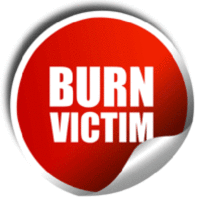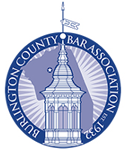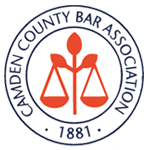 The Occupational Safety and Health Administration (OSHA) reports that more than 5,000 workers suffer burns every year in the United States. Burns are complex injuries that are often incredibly painful and require extensive ongoing medical care to prevent infection and support healing. Some burns are so severe, they prevent workers from resuming their job duties. For injured workers, workers’ compensation benefits are available to cover healthcare costs and supplement lost income during the time they are temporarily or permanently disabled.
The Occupational Safety and Health Administration (OSHA) reports that more than 5,000 workers suffer burns every year in the United States. Burns are complex injuries that are often incredibly painful and require extensive ongoing medical care to prevent infection and support healing. Some burns are so severe, they prevent workers from resuming their job duties. For injured workers, workers’ compensation benefits are available to cover healthcare costs and supplement lost income during the time they are temporarily or permanently disabled.
Types of Burns
Burn injuries fall under three categories:
- Chemical burns: Bodily tissue is irritated or destroyed by direct contact with a corrosive substance and/or its fumes
- Electrical burns: Burns occur after contact with electricity, potentially causing tissue and organ damage
- Thermal burns: Burns occur after contact with something hot, including heated metal, direct flames, or steam
Individuals who work outside and are exposed to the elements have an increased risk of sun exposure burns. They should wear protective clothing and sunscreen and reduce the amount of time they spend under direct sun as much as possible. Burns are assessed in terms of their severity, using a scale of degrees. The higher the degree, the more severe the burn. First-degree burns affect only the outermost layer of the skin, while fourth-degree burns penetrate deeply below the skin’s surface, damaging nerves, muscles, and bones. Most fourth-degree burns are fatal.
Preventing Work Burns
In this country, employers are required to provide a safe workplace for all employees, including reducing the risk of burns. Proper safety training is one of the best ways to do so. Workers should be familiar with the types of hazards they may face on the job and how to identify and avoid them. Workers who are exposed to chemicals, equipment, or machinery that may cause burns should undergo job-specific training. As safety standards and procedures evolve, workers should receive ongoing refresher training courses on a routine basis.
Visual cues, such as posters, labels, and color codes to help workers recognize dangerous materials and equipment are valuable tools for preventing burns and other job injuries. OSHA requires employers utilizing chemicals to maintain a Hazard Communication plan for workers to identify the existence and risks of various chemicals and substances.
Burns and Workers’ Compensation
Because the risk of infection, permanent tissue damage, and internal injuries is significant, especially with high-degree burns, it is important to seek medical care if you encounter fire, hot objects, electricity, or corrosive materials. Notify your employer of your accident and resulting injury as soon as possible.
Cherry Hill Workers’ Compensation Lawyers at Pietras Saracino Smith & Meeks LLP Help Injured Employees Receive Compensation
If you were injured at work, the Cherry Hill workers’ compensation lawyers at Pietras Saracino Smith & Meeks LLP have combined experience representing New Jersey workers, businesses, and insurance companies in litigation. To learn more about the legal remedies available to you after a work accident, call 856-761-3773 or contact us online to schedule a free consultation today. Located in Cherry Hill, New Jersey, we represent clients throughout South Jersey, including the city of Camden.






